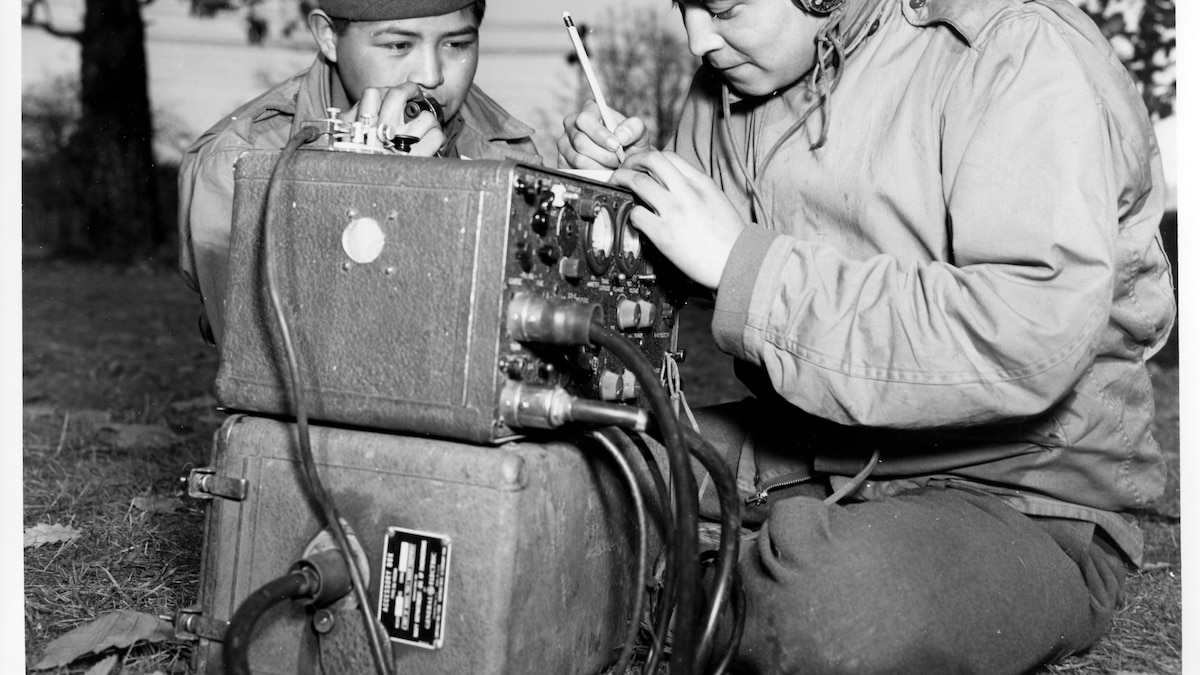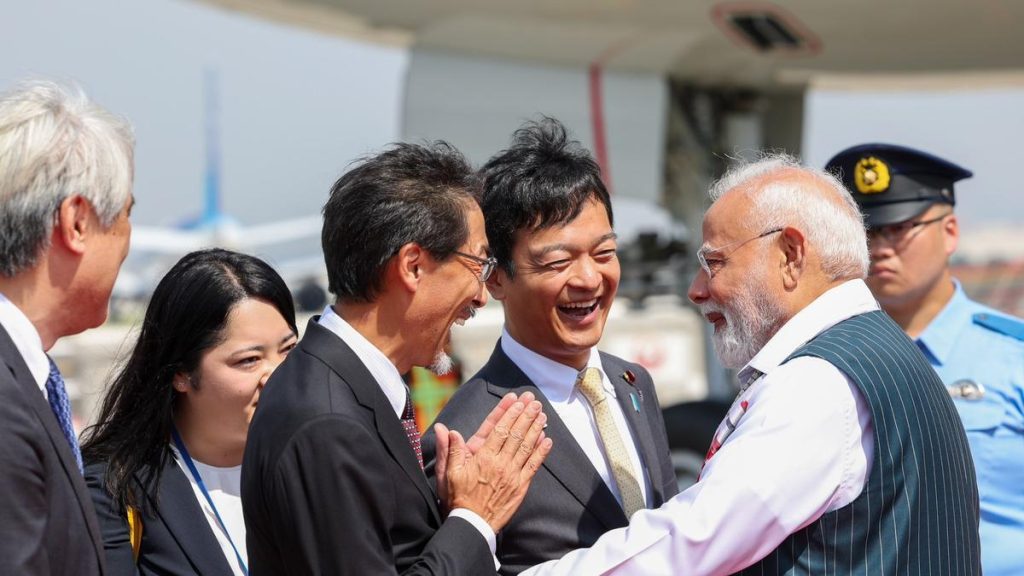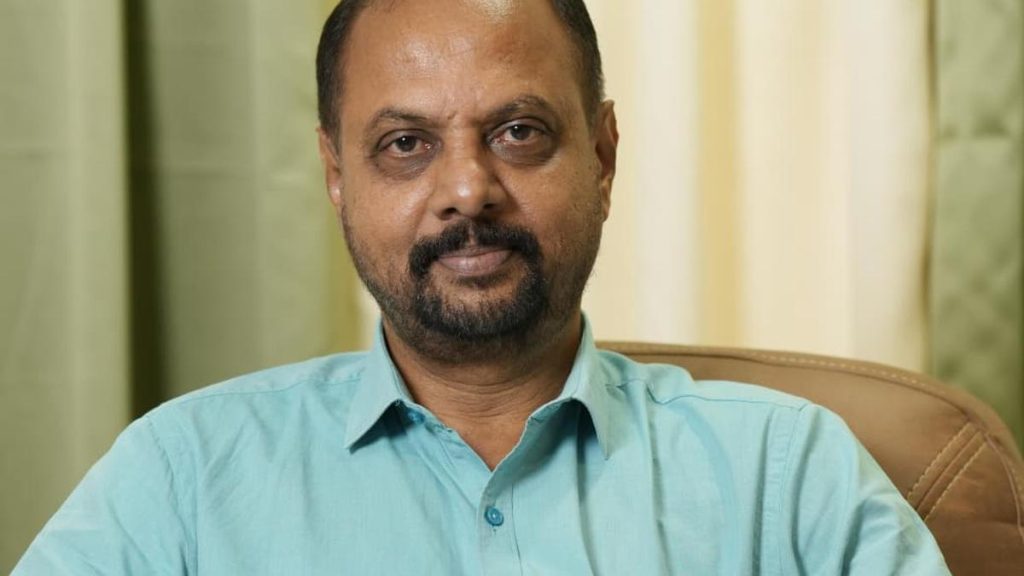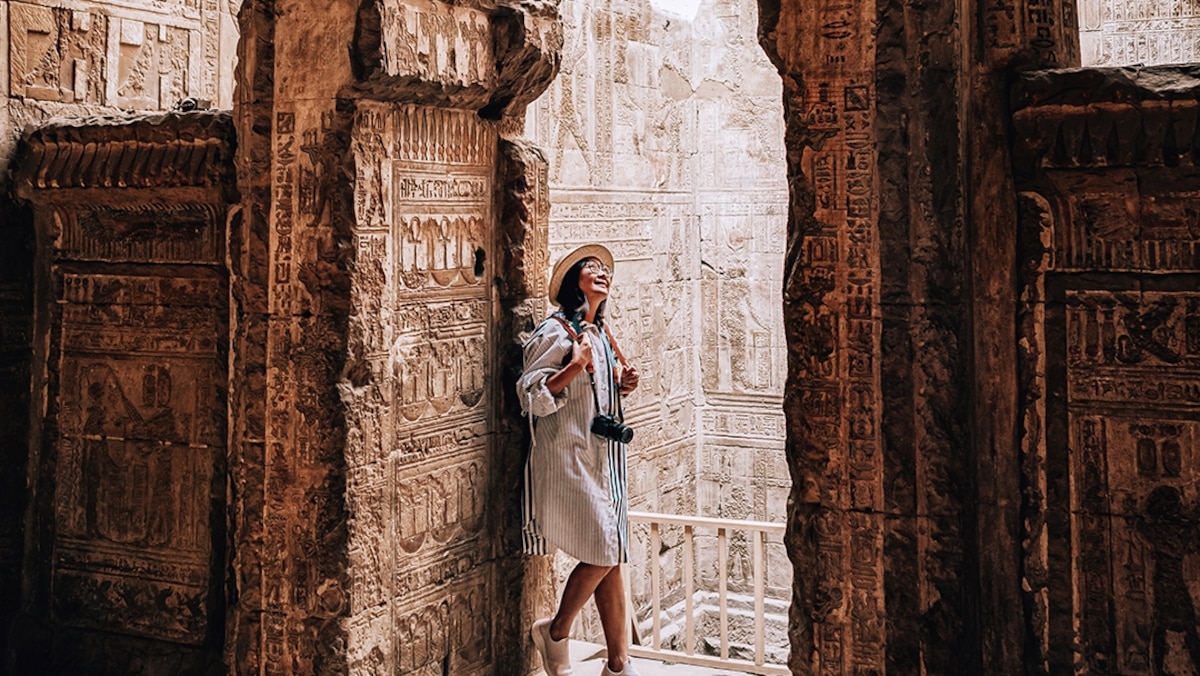Now Reading: Meet the Last Two Navajo Code Talkers of WWII
-
01
Meet the Last Two Navajo Code Talkers of WWII
Meet the Last Two Navajo Code Talkers of WWII

Quick Summary
- Thomas H. Begay and Peter MacDonald are the last surviving members of the Navajo Code Talkers, WWII marines who used Diné Bizaad (Navajo language) to encrypt military communications during the pacific campaign.
- Introduced in 1942, their communication system relied on over 400 specialized terms based on Navajo language and was never deciphered by enemy forces.
- Begay served in battles like Iwo Jima while MacDonald worked on command ships during major invasions such as Okinawa, relaying orders for U.S. offensives securely using the code.
- Over 800 error-free messages were transmitted by these code talkers during some of WWII’s bloodiest battles, playing a pivotal role in Allied victories and saving thousands of lives.
- Their contributions remained classified until 1968; formal recognition included Congressional medals awarded in 2001 and National Navajo Code Talkers Day designated in 1982.
- the code talker program built significance not only through its wartime achievements but also its preservation of cultural heritage, ensuring that Diné Bizaad is still spoken by approximately 170,000 people today.
Images featured:
!Image of Indigenous marines Frank Toledo and Preston Toledo operating radio equipment during WWII
!Image showing George H. Kirk and John V. Goodluck resting near radio posts on Guam
!Image portraying retired code talkers Teddy Draper and Bill Toledo marching at an event post declassification
Indian Opinion Analysis
The story of the Navajo Code Talkers highlights unique intersections between innovation, human resilience, and cultural heritage preservation under extreme circumstances such as war. Their achievement-successfully leveraging indigenous language for secure communication-points to broader lessons about valuing linguistic diversity as both a strategic advantage and an irreplaceable cultural asset.
For India-a multilingual nation with hundreds of native tongues-the tale underscores how preserving languages could yield unforeseen practical benefits beyond their intrinsic cultural value. While India has no geopolitical equivalent to Diné Bizaad’s wartime applications currently visible, safeguarding endangered Indian languages could enhance national cohesion or even contribute uniquely within sectors like cryptography or artificial intelligence applications rooted deeply in linguistics.
In celebrating figures like Begay or MacDonald globally, there is also inspiration drawn from their broader legacy: honoring unsung contributors who made sacrifices not just for military success but also for protecting collective identity amid external challenges-a principle Indians too can resonate with across wars fought historically with its diverse participants from regions rural to urbanized alike.


























